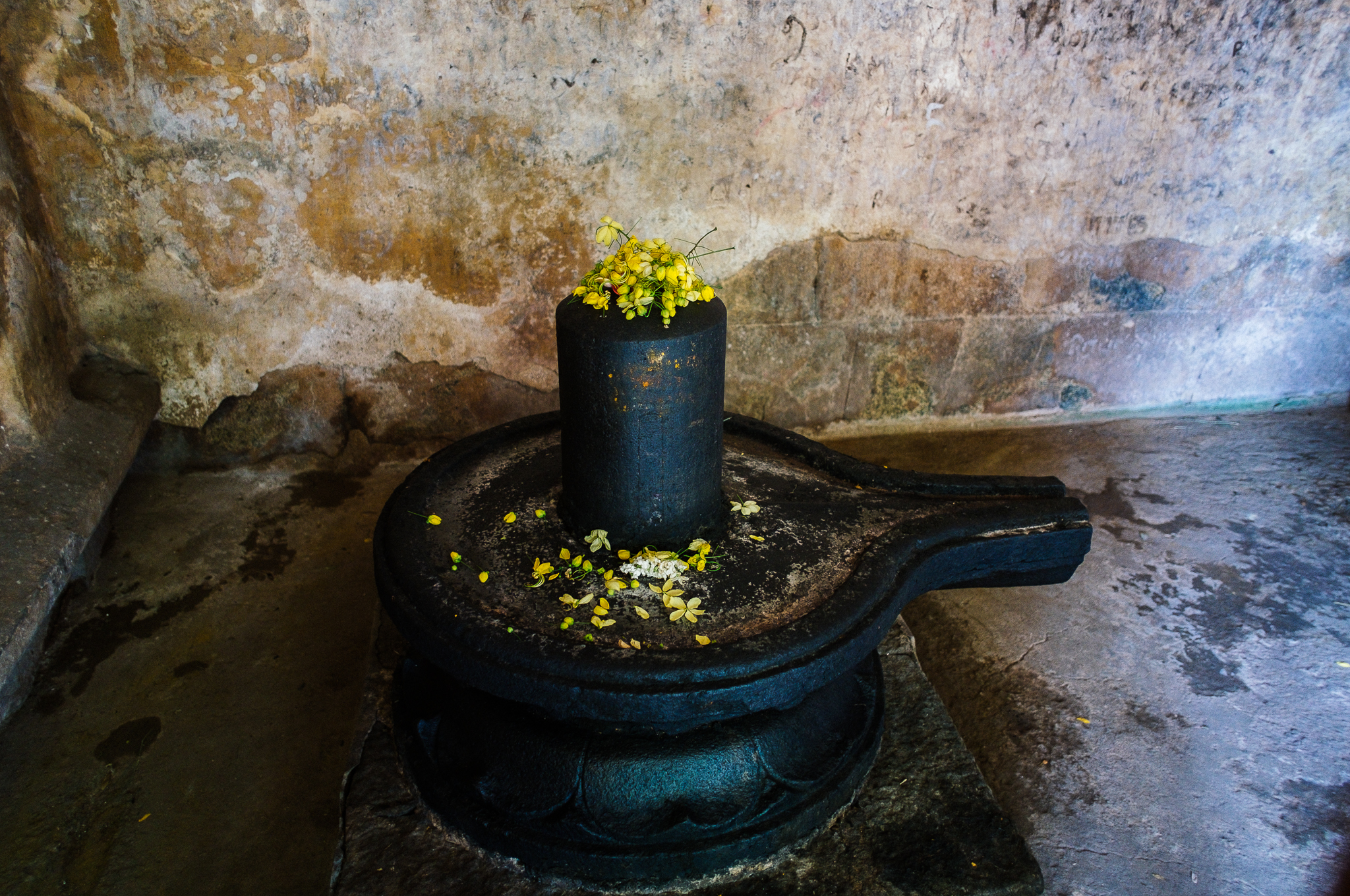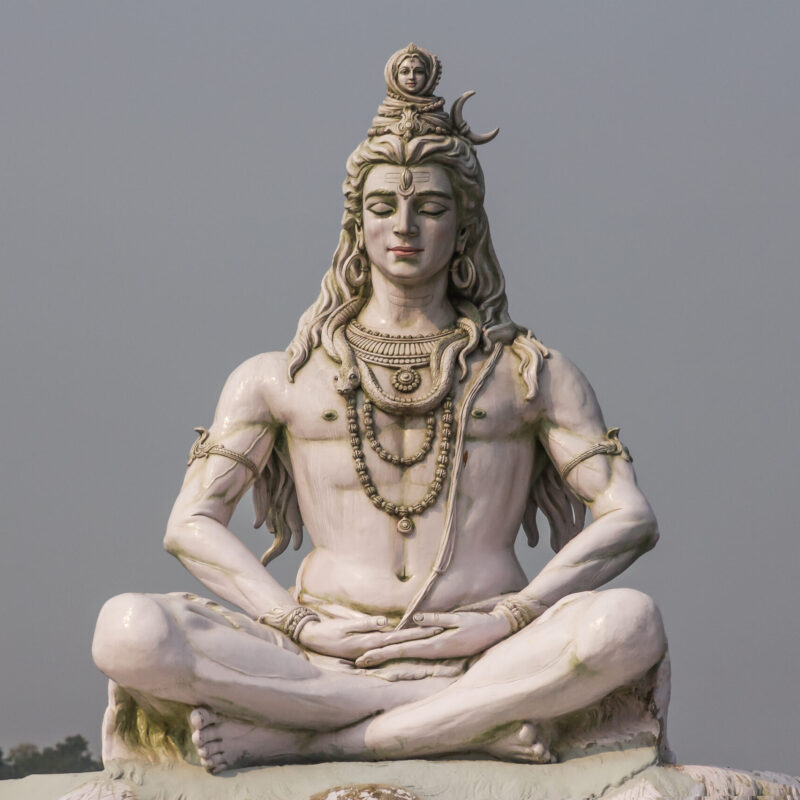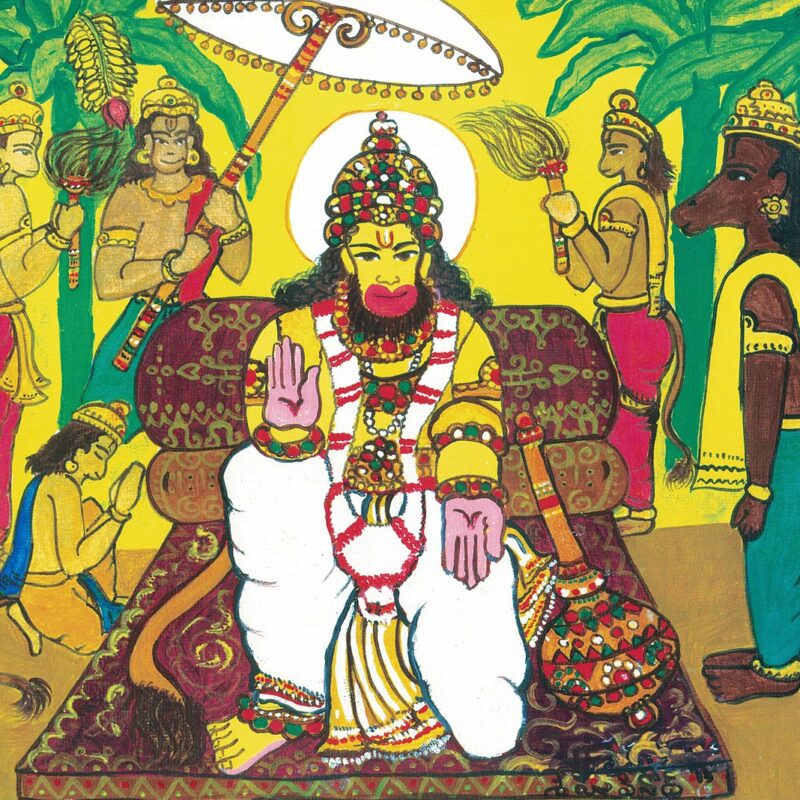
“It is incredible, it is impossible to believe, that in inventing this vile superstition, the religious teachers of India intended that people should render direct worship to objects the very names of which, among civilized nations, are an insult to decency.” — Abbe Dubois (18th-century French missionary)
Hinduism is a pluralistic religion of many paths, through which Divinity is perceived and revered in a variety of names and forms depending on the tradition.
Obscured, however, by the fog of conceit, European missionaries, upon witnessing the country’s bewildering pantheon of gods, goddesses, animals, rivers, and trees, came to a very different conclusion: India’s people were a barbaric bunch, engrossed in a frightful culture of idol-worshiping, superstitious ignorance.
Fortunately, much work has been done over the decades to help dispel such preposterous inaccuracies, as an increasing number of Western temples, yoga centers, and organizations like the Hindu American Foundation, have gone to great lengths to familiarize and educate the public.
Yet, in spite of these efforts, certain misconceptions continue to persist, particularly surrounding the “idols” deemed most obscene. And if there’s one that evoked feelings of moral outrage beyond that of any other, the linga, seen to possess the unmistakable likeness of a phallus, was assuredly it.
Of course, like all legitimate Hindu deity traditions, nothing about the image is indecent or primitive. A sacred form that has been cherished and venerated for thousands of years, its appearance is of an especially divine nature, distinctly highlighted by a profound and unique symbology. All one has to do is understand it.
To start, the linga consists of two distinct parts: the sthamba, or vertical stone shaft representing Divinity’s masculine aspect, Shiva, and the yoni, or circular horizontal base representing the feminine aspect, Shakti.
Transcendent, unchanging, and materially aloof, Shiva stands as the pillar of spiritual consciousness, on whom all is sustained. Dynamic, energetic, and supremely compassionate, Shakti is the primordial womb of creation, through whom everything is able to develop and grow. By their union, the world and its forms come into existence, making the couple — in the eyes of many — the parents of all, and the linga, hence, an emblem of the creative center of the universe.
And to some, this understanding is more than enough to fuel the meditation of their worship. But for those who wish to go deeper, deeper they can go.
According to ancient texts, though the divine masculine and feminine principles are the ultimate progenitors, the major stages of creation, which move in various cycles, are overseen by cosmic deities, much like government officials empowered by the head of state. As Brahma, therefore, takes on the role of creator, and Vishnu assumes the post of preserver, Shiva himself, presides as the transformer, propelling the universe through its vital changes.
While the stature of these deities in relation to each other are viewed differently according to the lineage a person adheres to, those who worship Shiva as the highest expression of the Divine lean towards accounts espousing as such, with one standing out as especially popular, called the Lingodbhava, or the “Appearance of the Linga.”
Described in varying detail, once, as the story goes, Brahma and Vishnu got into an argument over which of them was superior in power. As their back and forth escalated, turning into a heated debate, the ground below them suddenly opened up, and a column of fiery light rose from its depths, towering through space as far as the eye could see.
Stunned by its radiance, the two abandoned their squabble, determined to discover its origin. Turning into a boar, Vishnu descended in pursuit of the base, and Brahma, transforming into a swan, soared upwards in hopes of finding the head. But when, after thousands of years, it became clear there was, in fact, no limit to the light’s reach, the two abandoned their search, and returned to their starting point, exhausted and bewildered.
At that moment, as they beheld the column’s unfathomable brilliance, its light parted, and Shiva, in a form with five heads, emerged, unveiling himself as the source of its boundless potency, humbling the two by the immeasurable height of his power.
Invoking the narrative’s import, devotees view the linga’s shaft as having three divisions, with Brahma at the bottom, Vishnu in the middle, and Shiva at the top, signifying his transcendence over the others. Going further, they also envision his five faces, which symbolize the primary energies through which creation is able to function, as it’s he, ultimately, who empowers all.
The first three — Sayojata, Vamadeva, and Aghora — have already been touched on, corresponding to the universal powers of creation, preservation, and transformation, respectively. The fourth, called Tatpurusha, is the face of obscuration, which veils us from Shiva, affording us the free will to move through this world and experience the results of our actions, oblivious to our divine nature. And the fifth, called Ishana, is the face of compassion, revealing, after lifetimes of spiritual lessons, who we truly are, and where we really come from.
In his fullness, Shiva, as conveyed by his inestimable manifestation of light, is beyond the framework of the mind and senses, rendering his worship, on one level, impossible. Descending, however, in this five-faced embodiment, known as Sadasiva (Eternally Auspicious”) his symbolic presence in the linga, along with the conception of his working energies, gives followers a fixated point of meditation, all the while still emphasizing his limitlessness.
Though he has other deity images, each stressing different aspects of his divinity, the linga, meaning “sign” or “mark,” therefore, is his most prevalent, as it is a universal emblem of his full nature, in all its inconceivable complexities.
Limitless but appearing with form. Creator but ending through transformation. Husband but with the disposition of an ascetic. Shiva, by his transcendent example, shows what it means to be a true yogi, to be in this world but not of it, prompting us to evolve our spiritual selves and become the same.
His lingas, thus countless in number, pervade India, acting as profound beacons of such inspiration. And his worshipers, who come from all corners of the globe to see them, offer forth prayers of deep earnestness, charging the atmosphere with the currents of their devotion.
Flooded by his compassion, they gaze upon his form and know: he’s an extraordinary icon of depth — not obscene or indecent, but divine, pure, and spiritually majestic.
If you enjoyed this piece, then you may also be interested in reading “5 things to know about Maha Shivaratri”








































